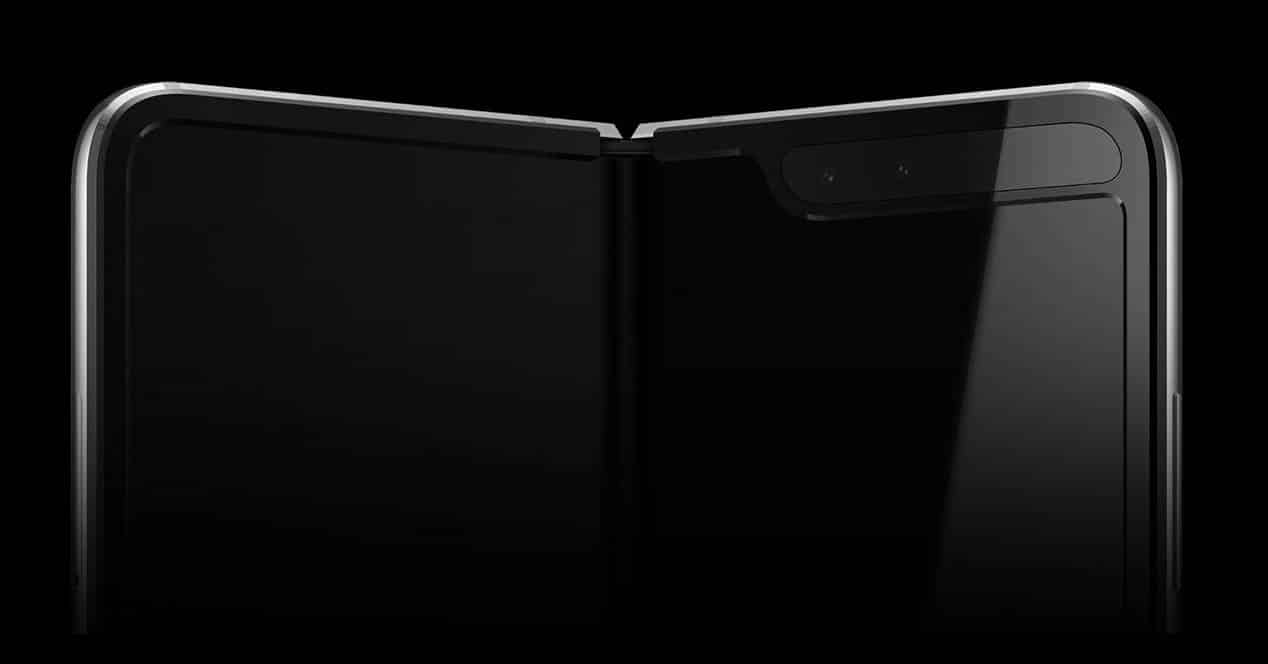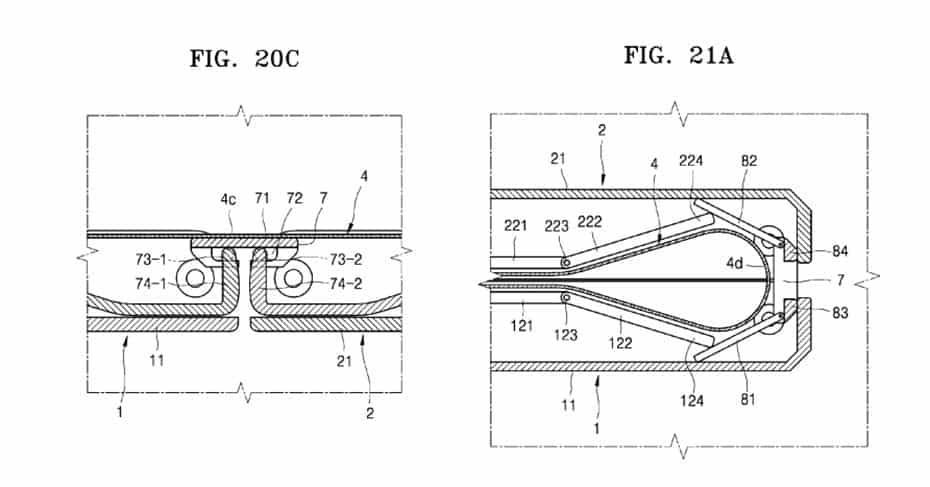
Foldable phones are already here. With the commercialization date confirmed for Samsung's first phone with a flexible screen and first images of the Huawei Mate X Already dancing on the internet, there is no doubt that 2019 is going to be an exciting year for lovers of mobile phones and gadgets. But what will be the best foldable phone on the market?
The first clues help draw conclusions

The filtered poster with the first image of Huawei Mate X confirms one of the details that we talked about previously after analyzing the invitation to the press event that Huawei has scheduled for next February 24 in Barcelona. Its folding model will choose to place the main screen on the external face of the terminal, a decision that at first could appear as a simple aesthetic measure, but which actually hides the need to hide one of the main problems of folding screens: their radius. of curvature.
radius of curvature

Current flexible screens have a limitation that, for physical reasons, prevents the screen from being able to bend beyond a specific curvature. This means that the panels cannot be folded as we would a sheet of paper, otherwise it would break, so you have to keep a gap that respects the limitations of the screen in question.
This security hole becomes evident in the case of the Galaxy fold from Samsung and also on the Flexpal from Royole. The Korean manufacturer has chosen to place the screen on the inside, so when it is completely folded it leaves a gap that reveals the limitations at the design level that force the use of this type of screen.
El Huawei Mate X on the contrary, like the Xiaomi prototype, decides to leave the screen visible on the external face, so that they manage to overcome the limitations of the radius of curvature, taking advantage of these measures to house the body of the equipment and its internal components. Thus, when folding the device, there will be no gap, and the body will look more compact and with a finish that is aesthetically superior to that of Samsung.
It is quite interesting to see how Samsung has chosen the option of the screen on the inside, not only because of the need to have to use a second screen (with the costs and energy demands that this entails), but also knowing that it makes a Couple of years registered a patent with the possible solution.

The method consisted of a hidden mechanism which was in charge of accommodating the flexible panel to the requirements of the radius of curvature, so that, when closing the terminal, we obtain a completely folded piece with no visible gap. Given what was seen with the Galaxy Fold, it seems that the mechanism did not come to fruition (or at least for now it is not commercially viable), so the phone will land on April 23 with a gap as we can see in the video official presentation (an image that, by the way, is difficult to appreciate due to the speed with which it appears and disappears - are they trying to hide it? -).
What if Samsung is avoiding another problem?

Knowing the proposals and the options that the companies had, Why did Samsung decide to go for the internal face of the device? why not design a phone with a design similar to that of Huawei and Xiaomi? This leads us to think about another element that makes us doubt about it. What glass do these screens use to protect themselves? Considering that they need to be folded, what material will it be made of? And best of all, will it be scratch resistant?
That's where Samsung might have the beginning of its reasoning. If there is currently no flexible material on the market that can protect the screen from scratches, it is best to keep it protected on the inside. Huawei, for its part, could be using a flexible material (obvious) that would have little to do with Corning's current Gorilla Glass, so your device could be quite sensitive to bumps, scratches and scratches when exposed to the outside at all times. the outside.
To this day, Corning continues working on the development of a flexible glass panel and super thin that allows offering protection to folding screens, but as far as we know, the company has not finished its work, so in principle there is no reliable solution that protects this type of screen. We'll see if this MWC helps us clear up our doubts, although we'll have to start attending the presentation of Huawei to begin to understand everything.